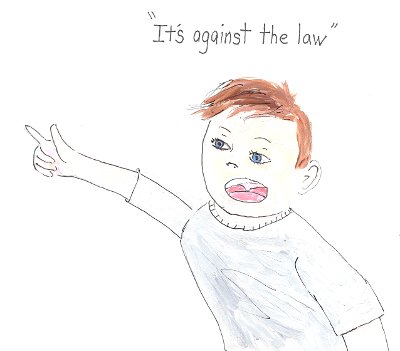What Steemit is to Me

(Image created from my purchased ClipArt collection.)
I like to write stories where characters get into conflicts and battles, and deal with problems. They struggle through them until there is some kind of resolution. I hide behind my characters.

(This illustration was done by Anna Moriarty who illustrated two of my children's books.)
I let them do all of the talking and the shouting as they battle the enemies and deal with the problems in the world.

(Image is from my purchased ClipArt collection.)
Now I am trying to get comfortable in this type of platform where I don't have my characters to hide behind. But I have to say, with Steemit and the friendly people herein, I see it is possible. It is different than being in front of friends and family, they already know me.

(Image created by me.)
I tried Yahoo a couple years back when I got enough nerve to put myself out there. But don't you know, as soon as I did, they stopped that Yahoo! Contributor feature. I tried YouTube and never hit pay dirt. And of course, we know Facebook and Twitter offer no prize. So here I am, starting to feel at home, and don't you know, I got some upvotes, met some nice people, and like that isn't enough reward, I can hear some coins clinking around in my virtual savings bank. Plus, I am just getting started! Thank you, my fellow Steemians!

(Image courtesy of Pixabay.com
CC0 Public Domain - Free for commercial use - No attribution required)
https://pixabay.com/en/workplace-team-business-meeting-1245776/
And lastly, since I am at the stage of getting ready to publish the aforementioned stories I wrote, I am on an exciting platform to help promote them. I feel a little selfish saying that, but then again, I am among some business people and entrepreneurs here so I think we all get it.
I think you will find it welcoming here. The Pareto's Principle is in full effect on Steemit. Abide by the principle and you will do well.
Thank you @hilarksi. Where do I find the Pareto's Principle?
The Pareto principle is a principle, named after economist Vilfredo Pareto, that specifies an unequal relationship between inputs and outputs. The principle states that 20% of the invested input is responsible for 80% of the results obtained.